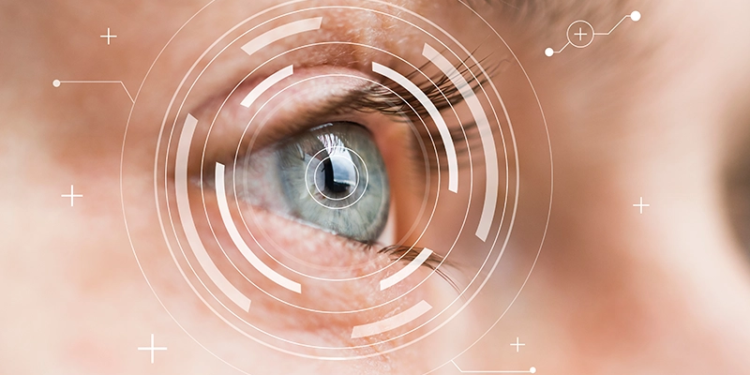I’ve tried sending this a couple of times, so I
apologize if this message showed up more than once.
Thank you to all who replied to my question regarding
thoracic pad style in idiopathic scoliosis bracing.
Your answers were all very informative. It appears as
though there is some discrepancy in the use of a
posterior rotation pad versus the use of a lateral pad
only. The problem is that hypokyphosis often
accompanies IS, and a posterior pad would only
encourage this, but a lateral pad may not warrant as
much coronal plane curve reduction. The question I’m
now asking in regards to my research is: which is more
important, maximal coronal plane curve reduction with
the use of a posterior rotation pad, or a balance
between some coronal plane curve reduction with a
lateral pad only and a reduced hypokyphosis? Please
feel free to email me with any other ideas or
suggestions.
Thanks again, Zach Harvey
Here are the responses in the order I received:
*******************************************************
The question you might want to look into is , doesthe
use of the thoracic pad which provides an anteriorly
directed force andlateral forces create a thoracic
lordosis ? It could definately eccaserbate anexisting
thoracic lordosis and it would be prudent not to use
thisdesign on a patient with hypo Kyphosis. This
design was the only way it wastaught by Boston for
many years and perhaps thousands of these braces had
beenfit with this type of pad in the late 70’s and
early to mid 80’s.Data isavailable somewhere. Sometime
during the late 80’s or early 90’s Boston changed
their recommendation to only apply a lateral force In
thethoracic region.They changed this approach without
a lot of fanfare . Wehave not been using anteriorly
directed force pads in the thoracic regionfor years
because of this potential concern .I would hope that
aninstructor at your program would have pointed out
this possible contraindication, since it can be
potentially dangerous.
*******************************************************
I have tried both ways and found that simply
thelateral pads are sufficent. I had notice no
difference in derotation with theother pads.
Concurring with your belief. My patients like the
lateral pads muchbetter. I hope you well with this.
*******************************************************
There are a number of things to considerhere.
Firstly, the most obvious is the reason it’s now
advocated to lateralizea thoracic pad. This stems
from a greater understanding andrealization that
all thoracic curves secondary to Idiopathic
Scoliosisare hypokyphotic. Point of fact, a thoracic
curve that’sNOT hypokyphotic is an indication that the
curve indeedmay not be idiopathic, but rather
secondary to some otheridentifiable pathology.
As for pad placement, then, the more posteriorly
athoracic pad extends, the greater the amount of
anteriorly directedforce is exerted. In a thoracic
segment that is alreadyhypokyphotic, this
anteriorly directed force actually accentuates
theproblem. This concept was well demonstrated in a
paper published inSPINE, 1997 by Aubin, showing
significant anteriordisplacement of the trunk in an
already hypokyphotic spine.Mathematical modeling of
the spine by researchers suchas Avinash Patwardhan,
Bunch and Tom Gavin havedemonstrated the positive
correlation with a simple transverse loadingof the
(thoracic) spine and the correction of a Cobb angle.
Thus, in a nutshell as there is again a lot toconsider
and reference with this type of inquiry, a good rule
of thumb is toavoid virtually any posterior thickness
on a thoracic pad whilsttreating a thoracic curve
secondary to Idiopathic Scoliosis. There can
becertain exceptions to this rule, but they should be
viewedthat way: as exceptions. A retrospective
review of this will be challenging. Are you hoping to
analyze the potential correlation that may exist
within-brace correction and pad design? The numerous
variablesthat may be associated with in-brace
correction (curve reduction)would make this virtually
impossible in a retrospective review. That said, I
commend you for posing the question and having
thisinterest.




